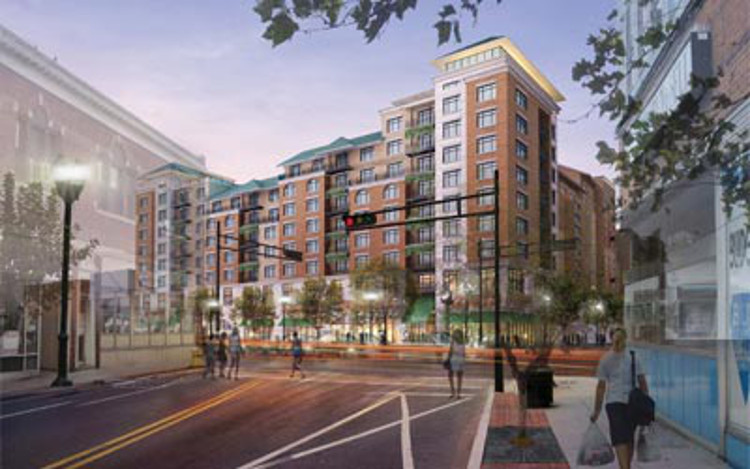One form of affordable housing Long Islanders have long embraced – both legally and illegally – is accessory apartments, typically defined as a separate, secondary dwelling unit, either in the house itself or in a carriage house or converted garage.
Two dynamics are driving demand on Long Island: First, rising property taxes and shrinking family sizes have caused homeowners to seek revenue from empty bedrooms; second, lower-income residents, including homeowners’ family members, need affordable places to live.
The demand has been so great that an estimated 90,000 such apartments were installed illegally by single-family homeowners by the mid-1980s, according to the Long Island Regional Planning Board.
Accessory apartments have great advantages for the region since, as a new Long Island Index study, “Home Remedies – Accessory Apartments on Long Island: Lessons Learned” by Elizabeth Moore, notes, they “don’t require large infusions of capital, new roads, new sewers or expansion of the electrical grid. Instead, existing neighborhoods absorb the rental-seeking population like a sponge, while stabilizing finances for tax strapped homeowners.”
Some of the lessons already learned are pragmatic. Babylon, for example, found that owner-occupancy is crucial. With the town’s two-family homes, the properties of absentee landlords generated 50 percent of all complaints while representing just 10 percent of the housing stock. A resident homeowner’s presence usually means that the property is better maintained as well.
Some lessons address the targeting of specific community needs. Hempstead, for instance, allows accessory apartments if the homeowner or spouse is 62 or older, in order to make it easier for seniors to remain in their homes. Oyster Bay broadened the definition of “parent-child” apartments to permit step-family members, in-laws and grandparents and grandchildren. Sagaponack allows them for on-site farm-worker housing.
But the biggest lesson is that the resulting patchwork of legal and illegal accessory apartments contributes to confusion about how the region will provide affordable housing. There’s no overall framework on a county or regional level, and the more than 100 government entities making the rules is staggering.
If we want to create legal affordable housing – and assure employers that it will be available – we must make what we want clear and the approval process predictable and cost-effective. Accessory apartments are a key ingredient, because they provide the quickest and most efficient response.
At the same time, the sheer number of illegal apartments shows that government is not responding to Long Islanders’ needs. Those apartments leave communities powerless, in many cases, to control them, and they add to the uncertainty for those who would build legally.
Affordable housing is essential to Long Island’s economic growth, and greater clarity about how it should be provided is vital to realizing it. Expanding legal accessory apartments should be one component that communities across Long Island consider. A clearer framework on a county or regional basis would set a context in which homeowners and developers could efficiently respond.



































